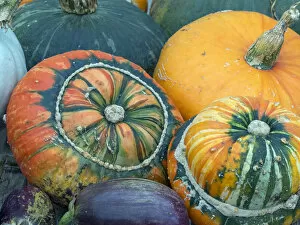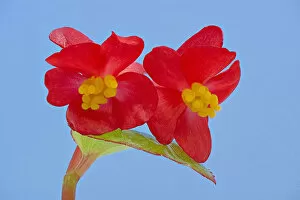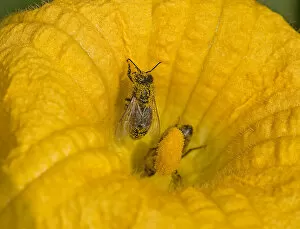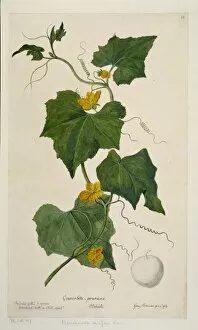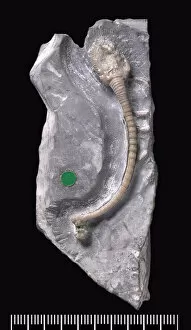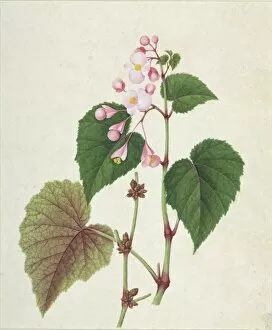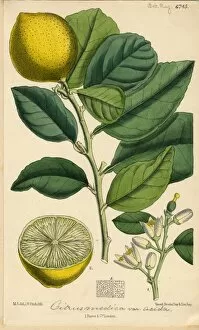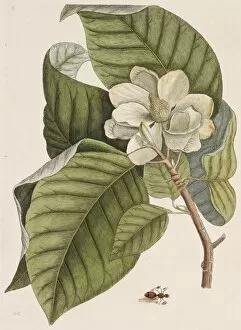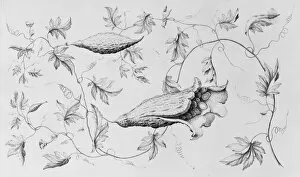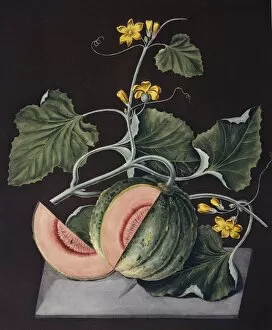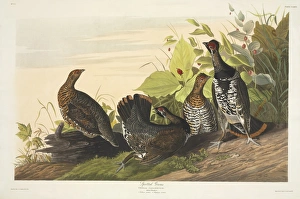Cucurbitales Collection
"Cucurbitales: A Fascinating World of Plants and Animals" Corynocarpus laevigatus, commonly known as the karaka tree, is a member of the Cucurbitales order
All Professionally Made to Order for Quick Shipping
"Cucurbitales: A Fascinating World of Plants and Animals" Corynocarpus laevigatus, commonly known as the karaka tree, is a member of the Cucurbitales order. This tree not only provides shade and beauty but also serves as a food source for various creatures. Butterflies and day-flying moths are often seen feeding from the vibrant flowers of the Loofah plant (Luffa cylindrica). These delicate insects pick up nectar while spreading pollen, contributing to pollination. Interestingly, in some species like Wax begonia (Begonia semperflorens group), the stigmas in female flowers mimic certain characteristics to attract specific pollinators. This clever adaptation ensures successful reproduction by enticing bees or other insects. The diversity within Cucurbitales extends beyond plants alone. Turban squash (Cucurbita) and other mixed squashes offer nourishment to both humans and animals alike. Darwin's large ground finch (Geospiza magnirostris) has been observed feeding on wild cucumbers, showcasing how these fruits play a vital role in sustaining wildlife populations. Honey bees (Apis mellifera) diligently collect pollen grains from male Squash (Cucurbita sp) flowers, transporting them from one flower to another during their quest for nectar. The sight of these industrious bees with yellow pollen clinging to their bodies is truly remarkable. Pseudocolocynthis pomiformis, depicted beautifully by Basil Besler's artwork, represents yet another intriguing member of this order - an apple-shaped fruit that adds charm to our botanical world. Even fossils have revealed evidence of ancient sea cucumbers belonging to this diverse group called Holothurians. Within Cucurbitales lies a plethora of edible delights too. From turban squash (Cucurbita) varieties to chayote, cantaloupe melon, and watermelon.

